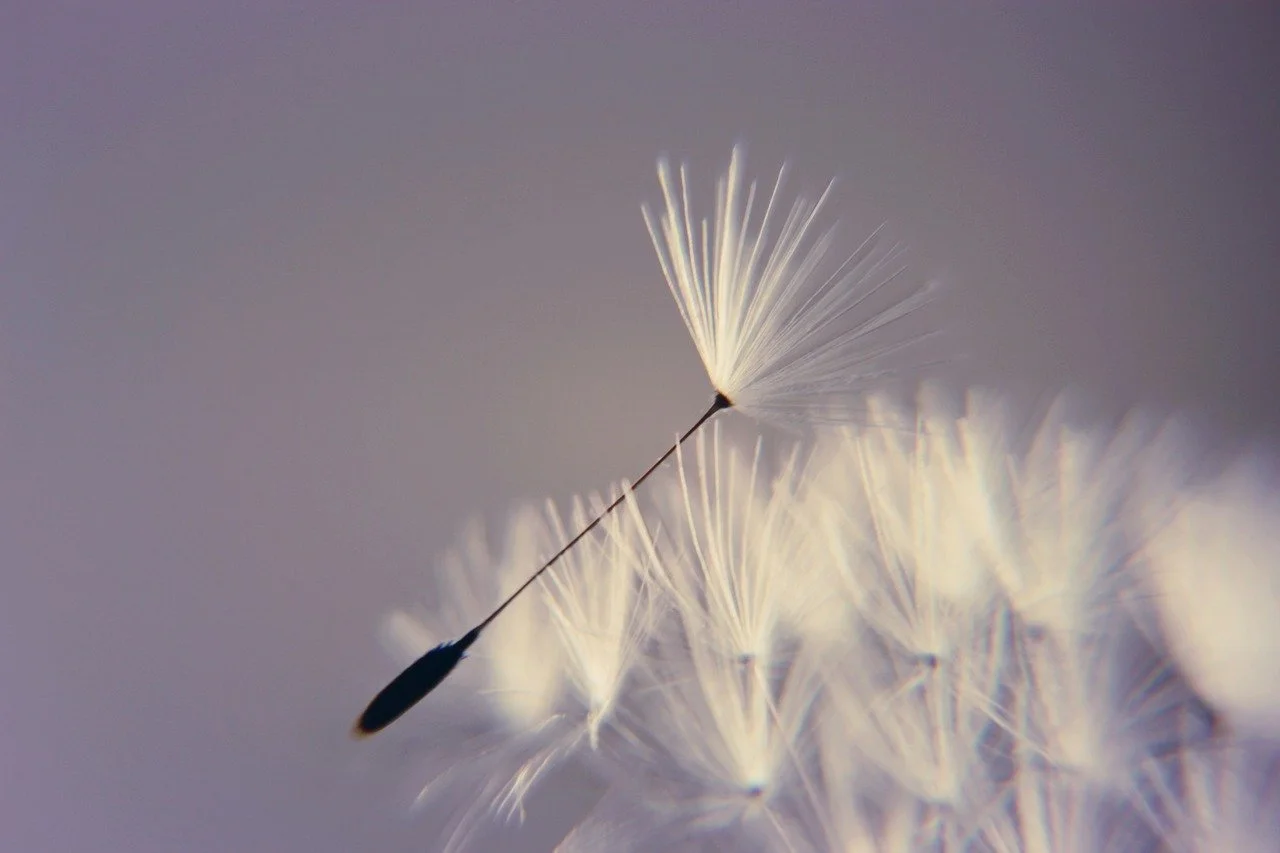DOSHA
Vata, Pitta & Kapha
W
We are all a unique combination of the varying degrees of each of the doshas in our mind and body. Most of us will be a mixture of all three - for example, you can have Vata digestion, Kapha body, and a Pitta mind. But generally speaking, one dosha will dominate our constitution and disease tendency. If in doubt, follow the Ayurveda instructions for Vata, to begin with as it affects the nervous system and mind in the most profound way and is usually the most likely one to go out of balance. Once Vata is brought under control Pitta and Kapha are more easily pacified.
It is sometimes not possible to make a firm diagnosis of our doshic type in this day and age, especially from simple dosha tests or questionnaires because of the number of unnatural things that we are exposed to on a daily basis that are allowing all the doshas to go out of balance even when we lead a healthy lifestyle. For example, most pharmaceutical drugs and even over-the-counter herbal medicines will generally increase Vata, Xenobiotics and environmental toxins will generally increase Pitta, and our sedentary lifestyle most of us lead today will increase Kapha, regardless of our natural doshic constitution. Modern Ayurveda practitioners must also consider the powerful influence of the recent trends in social media on our bodies and mind.
A deep pulse analysis by an expert Ayurvedic physician as well as Medical Astrology are effective ways to understand our constitutional doshic variations. Medical Astrology is particularly accurate as it reveals our genetic predispositions. The planetary periods of Vedic Astrology can also reveal the current dosha and element dominating our mental and physical constitution.
While it is important to ascertain your dosha type it is even more important that you incorporate the awareness of the doshas and the Five Elements into your daily routine and lifestyle in a more natural way. Learn to see the Five Elements and three doshas in your daily environment and how they influence the world and your body and mind. By developing a deep relationship with all Five Elements and the three Doshas you it is easier and natural to work towards equilibrium on a daily basis.
The most important premise of Ayurveda is that "like increases like” so you have to use the opposite therapy to regain balance. In other words, fire increases fire (pitta), air (vata) fuels it further and only the opposite water element (kapha) can put out the fire (pitta).
Below are some general guidelines to help you see how the doshas are manifesting in your unique constitution.
VATA
Air Element
Vata types have variable energy and appetites that go from very high to very low in a short amount of time. They are usually highly creative and intelligent and curious. They love media and new stimulations and experiences, like travel or just browsing the internet for new ideas. They are quick to anger but also quick to forgive. They usually have thinner frames, low muscle tone, narrower shoulders, and smaller breasts, and can often be very tall and lanky or very short for their race and family genetics.
Physically, they suffer from constipation, gas, and improper elimination, osteoporosis, cold hands and feet, tremors, vertigo, nervous system disorders, and PMS. Since their elimination channels are the weakest of the three doshas they are most sensitive to disease caused by external toxins. The organs that suffer most under Vata problems are the colon, bones, nervous system, and mind.
Mentally, they suffer from anxiety, are easily distracted, often have insomnia, and are prone to excessive thinking and excessive talking.
Vata as the air element is the energy of movement. Therefore, excess movement and stimulation of any type, including traveling, flying, driving, caffeine, and stimulants are particularly aggravating to Vata.
Like the wind, Vata is drying and rough, so any food or herb that is drying and “dry”, as well as a lifestyle where there is a lack of support or physical comfort, will increase Vata. Dry harsh words, loud sounds, and rough touch will also aggravate Vata.
PITTA
Fire Element
Pitta types have medium height and weight, reddish complexion, piercing eyes, thinning hair or balding (also red tint to their hair), early graying, excellent digestion and appetite, athletic builds, sharp wits, confidence, and strong concentration.
Some examples of physical ailments for Pitta include inflammatory diseases, acne, high blood pressure, nausea, liver issues, hair loss, blood disorders, anemia, fibroids, and endometriosis. The body parts most susceptible to Pitta are small intestines, sweat glands, blood, lymph nodes, brain, eyes, and heart.
Psychological problems associated with Pitta include anger, criticism, domination, narrow-mindedness, and judgment. Pitta is hot like fire and is therefore aggravated by anything that is "hot" including a hot day in the sun, vigorous exercise, anger, competition, willfulness, and over-achievement.
Kapha
Water & Earth Element
Water Element
Kapha types have the largest frame of the three types, so they will be bigger, wider, and heavier set. They will have large soft eyes, full lips, curly or wavy hair. Their temperament is usually laid back and loving, but also emotionally volatile.
Kapha is made up of water and earth elements and so has a heavy, slow movement like mud giving the body and mind stability and endurance. They are generally slower learners but have strong long-term memory. Kapha also pertains to all sticky, gooey substances in the body that lubricate and provide ease to the movement and comfort to the body.
In modern science, this would be the mitochondrial functions, or what is referred to as the batteries of the body. Kapha builds bodily tissues so excess weight and excess growth of any type are associated with it.
Disease tendencies for Kapha are usually related to congestion, phlegm, asthma, sinus congestion, edema (water retention), and high cholesterol. Kapha is aggravated by too much eating, especially fatty, sweet, watery foods, lack of discipline (flowing like water in any direction), and lack of stimulation and exercise. Over sentimentality, hyper emotionality also increases Kapha.




